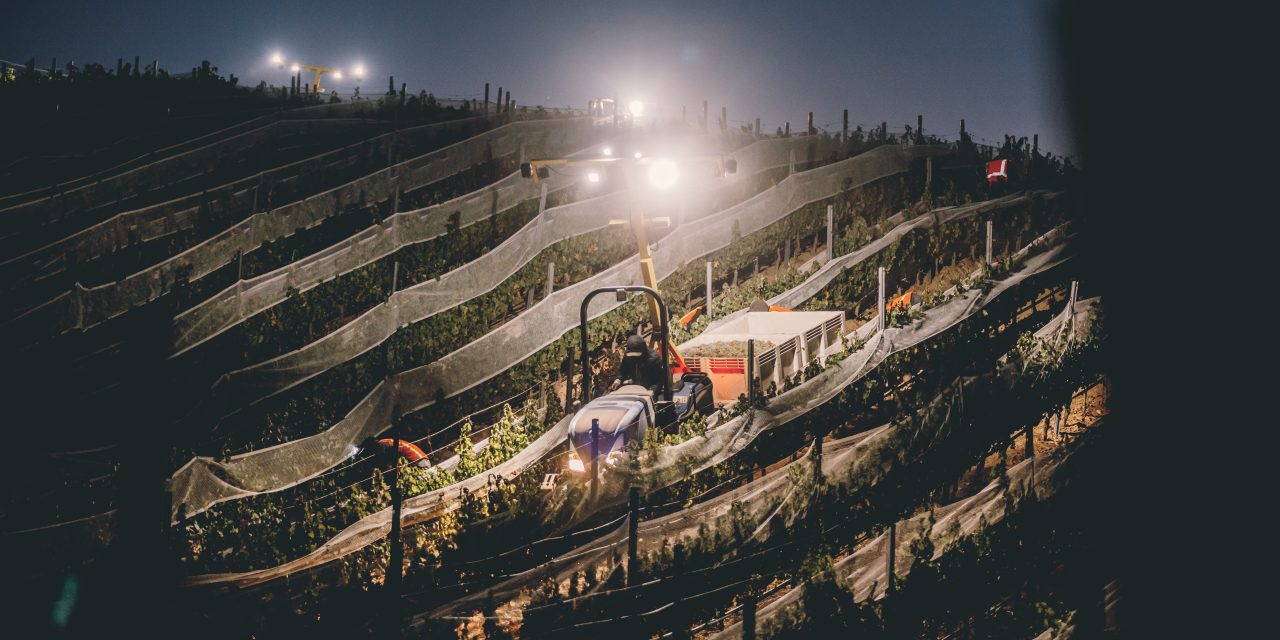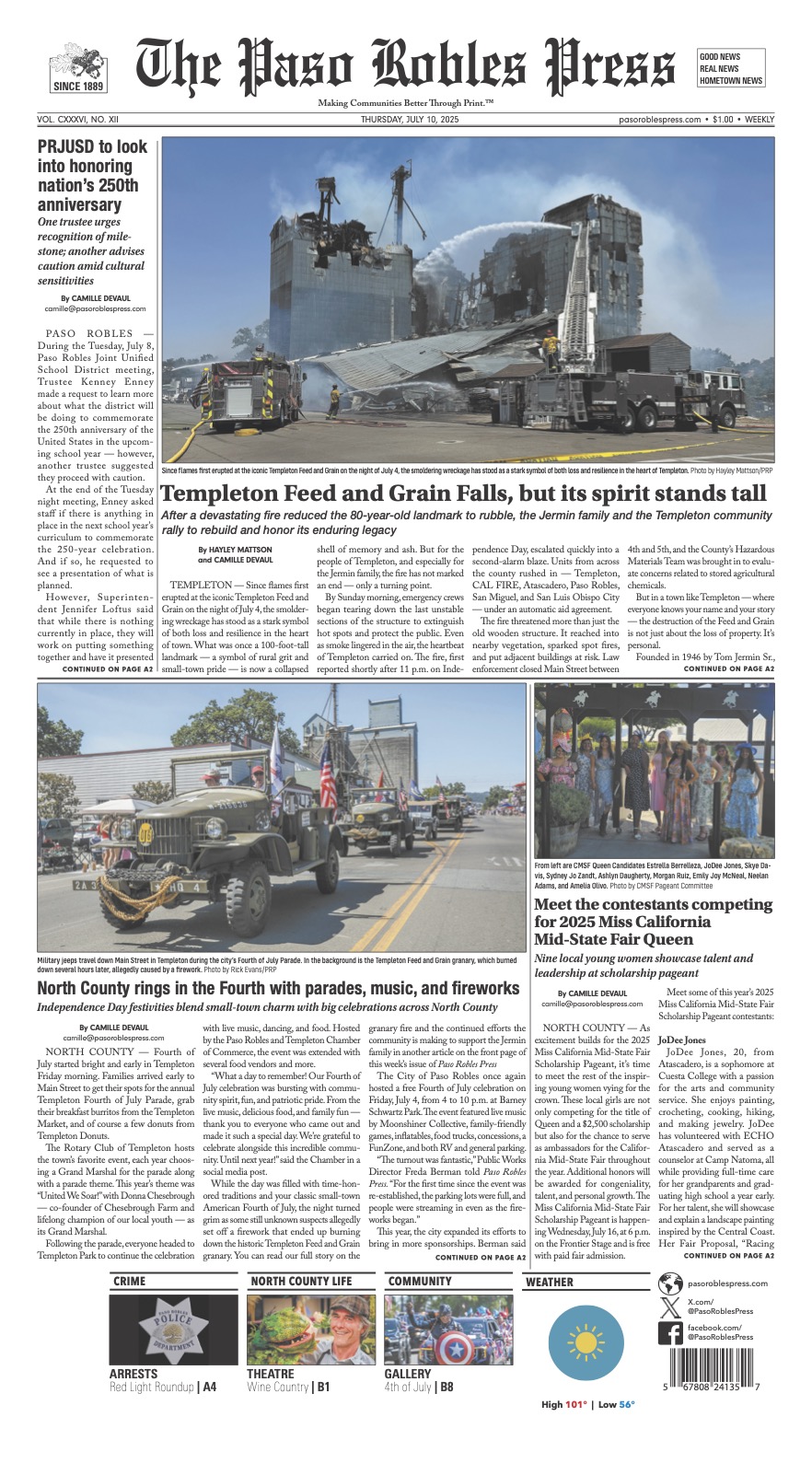Vintage 2022 in the Paso Robles area will go down as challenging to say the least. The scorching, relentless triple-digit heat spell unleashed in early September sent vintners rushing into an early harvest.
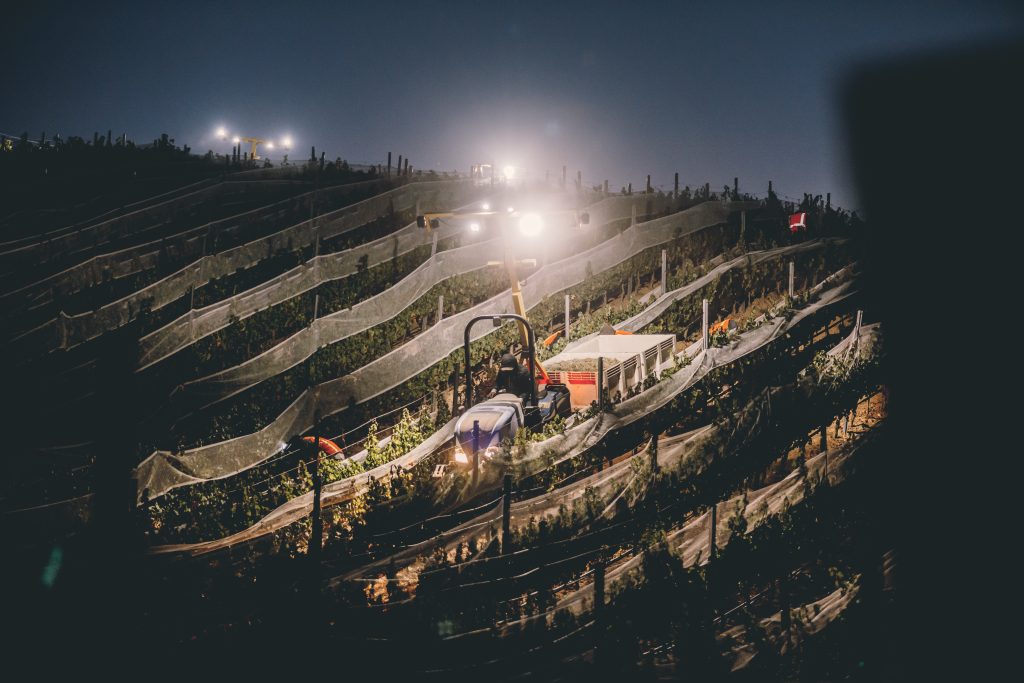
Photo courtesy: Daou Family Estate
“If there’s a winemaker’s vintage, 2022 would be it,” declared Daniel Daou when I met him at his hilltop Daou Family Estate in the Adelaida District. “Pardon my French, but this has been a ball buster,” said the winemaker and co-founder of his eponymous winery known for Bordeaux-style wines.
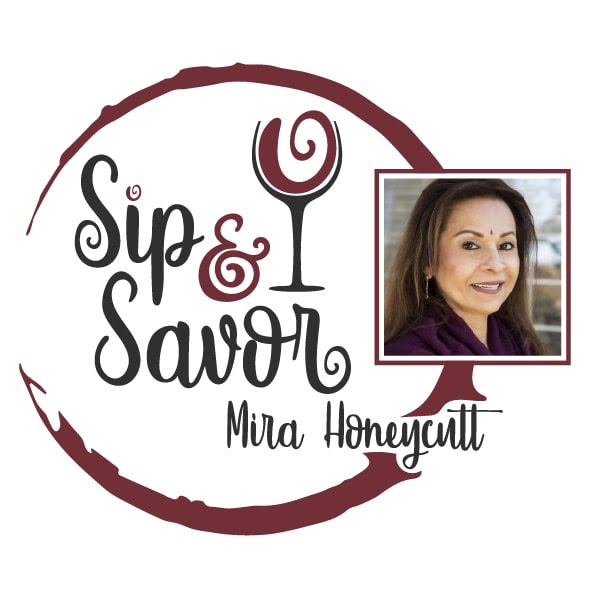
“From a physical standpoint it was exhausting,” he continued. “First we received two months’ worth of grapes in two weeks. Then the harvest crew worked 24 hours a day nonstop, with two shifts, early morning and night time.
“The heat spike came at the worst time—we were two weeks away from harvest. When you rush into harvest, sugars are rising but physiological ripeness does not. You get tannins in some cases but you have no color, no texture.”
The result is: “You get high tannins low color or low tannins and no color and the sugars are way high,” explained Daou. “It’s a terrible combination. Makes it difficult to create a balanced wine.”
Yet Daou has been able to manage the tannins. “But it has cost us in yield. This is also a vintage where you can’t be greedy. We’ve been averaging 1.3 tons per acre.”
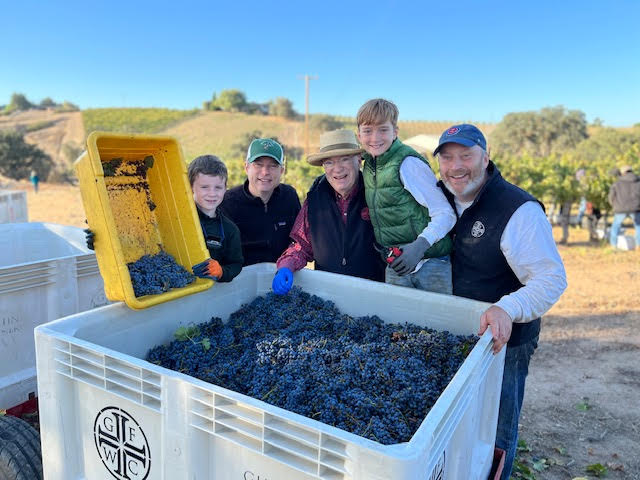
Photo courtesy: Glunz Family Wine Cellar
“It’s been a rough vintage from the get-go,” agreed Matthew Glunz of Glunz Family Wine Cellar,who began harvesting mid-August, which usually would have started mid-September. “So, this was almost one entire month early.” Harvesting cabernet sauvignon well before Labor Day was not common practice for the family.
“While the early fermentations presented some challenges, we had a few days of September rain that allowed us to hit the pause button” he added. This allowed him to press off the early picks and the fermentations to finish off the skins which impacted the final product. “This step definitely worked in our favor. The wine from the early fruit is now in the barrel and they are nothing short of terrific.”
Glunz invited me to his winery along Highway 46 East for a tank tasting around mid-October. We sampled a dark and inky petite verdot, a cabernet sauvignon expressing enhanced acidity and a cloudy viognier showing brilliant fruit.
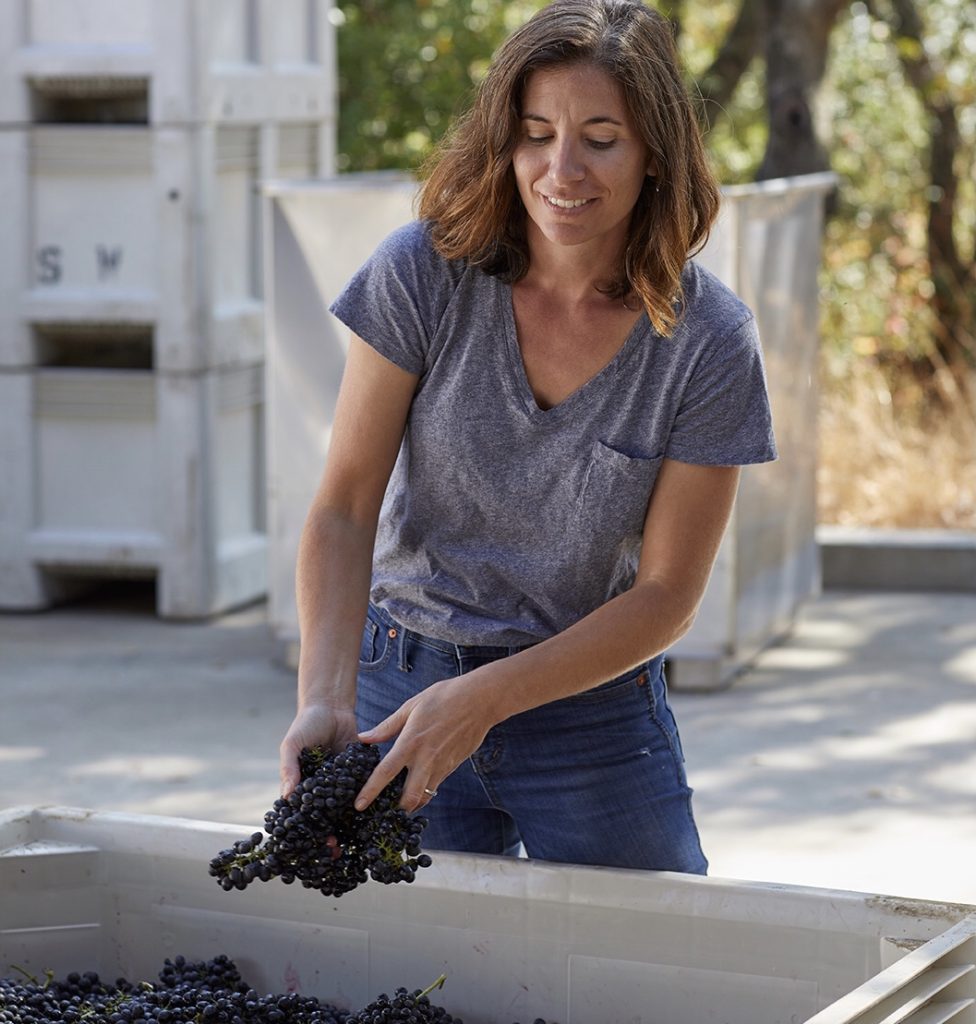
Photo courtesy: Epoch Estate Wines
Jordan Fiorentini, whose mantra is “I only let the vineyard speak,” admitted vintage 2022 was different. “This one, the winemaker has to be selective,” said the winemaker at Epoch Estate Wines in a phone conversation, taking a brief time out from her harvest duties.
Paso has seen sudden summer heat spikes in previous years. However, this year the temperature rose higher and stayed longer. “We had 70-degree temperature in the mornings,” Fiorentini exclaimed.
Between the Paderewski and York Mountain vineyards, the former could handle heat well. “But York Mountain was never used to seeing this heat,” Fiorentini said. “Heat and dry farm were a double whammy,” she commented on this dry-farmed vineyard in the cool York Mountain AVA.
The loss has been across the board depending on the varieties and locations. “In some areas we lost 40-50% once we cleaned the fruit up; in other varieties and areas much less.”
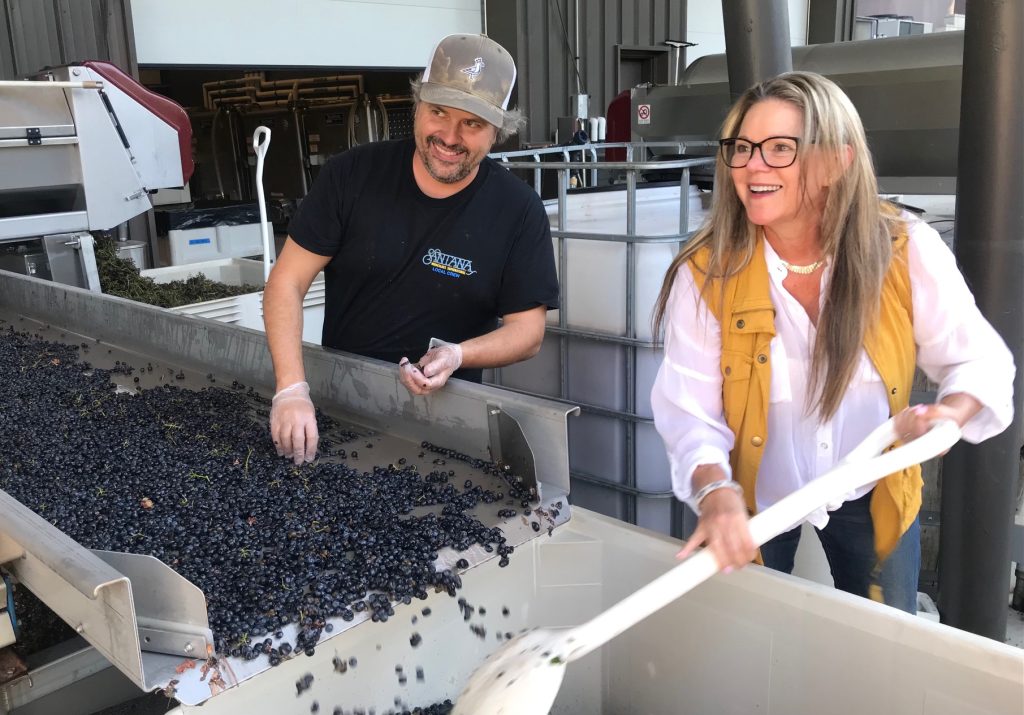
Photo: Mira Honeycutt
Winemaker Curtis Hascall was hand-sorting petit verdot when I stopped by to see him at Shale Oak Winery in the Templeton Gap District. ”We let the petit verdot hang through heat and rain.” Rain, he added, was almost beneficial as it extended the hang time. However, like with many vintners, the heat was problematic. “We tried to get as much as possible, but it wasn’t ready. We picked the dry-farmed grenache early and got one-third raisins.”
In Shale Oak’s San Miguel vineyard, the cabernet sauvignon was picked a month early. “It’s light in color for sure so there will be some blending, like petite sirah for color.”
Sterling Kragten of Cass Winery let the fruit hang through the heat and the rainy spell that followed. Yes, some of the grapes shriveled up, he admitted. “But when it got cool, the vines took the water from the rain and recovered.” As for yields, everything has been down this year “but with good concentration and amazing colors.”
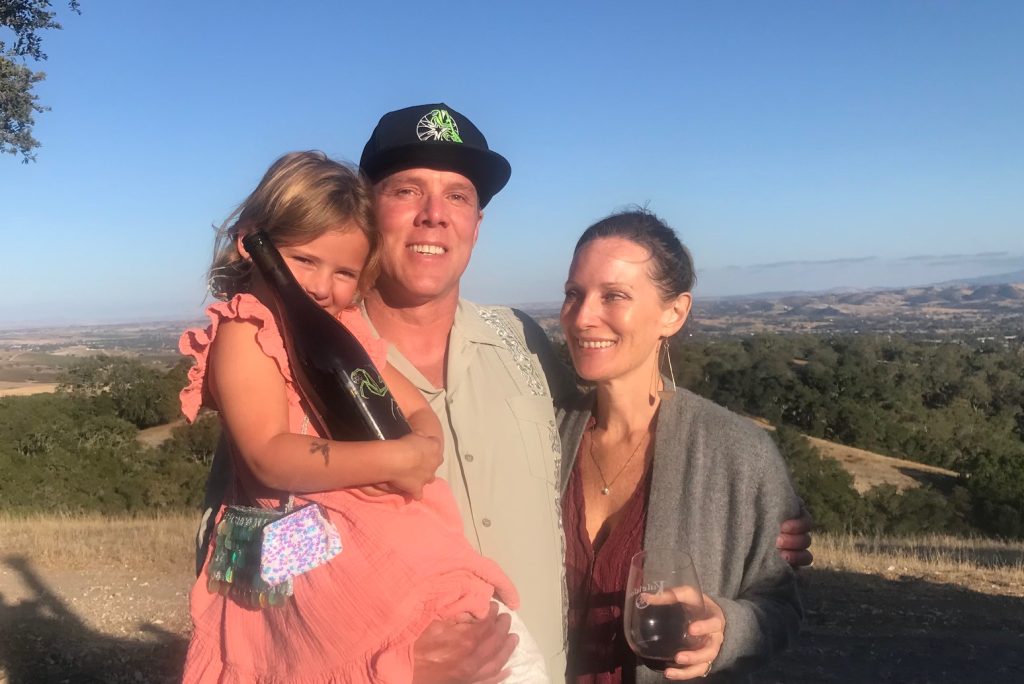
Photo: Mira Honeycutt
Atop his 24-acre hillside Willow Creek District estate with a spectacular view, Kaleidos wine’s owner/winemaker Steve Martell celebrated an end-of-harvest gathering with his wife Heather, family and friends. “We got three tons off this year,” said Martell pointing to his 1.3-acre west-facing vineyard planted to Rhône varieties. “We started harvest middle to end of the heat wave and got a good balance of sugar and acidity.” Martell sources most of the fruit for his small 500-case annual production.
Martell pulled out his library a portfolio of older syrahs dating back to 2001 (his first vintage), followed by 2007, 2008 and a 2005 cab/syrah blend, plus a 2008 white Rhône blend. These wines were impressive with bright fruit and balanced acidity—a testament to Paso wines’ agebility.
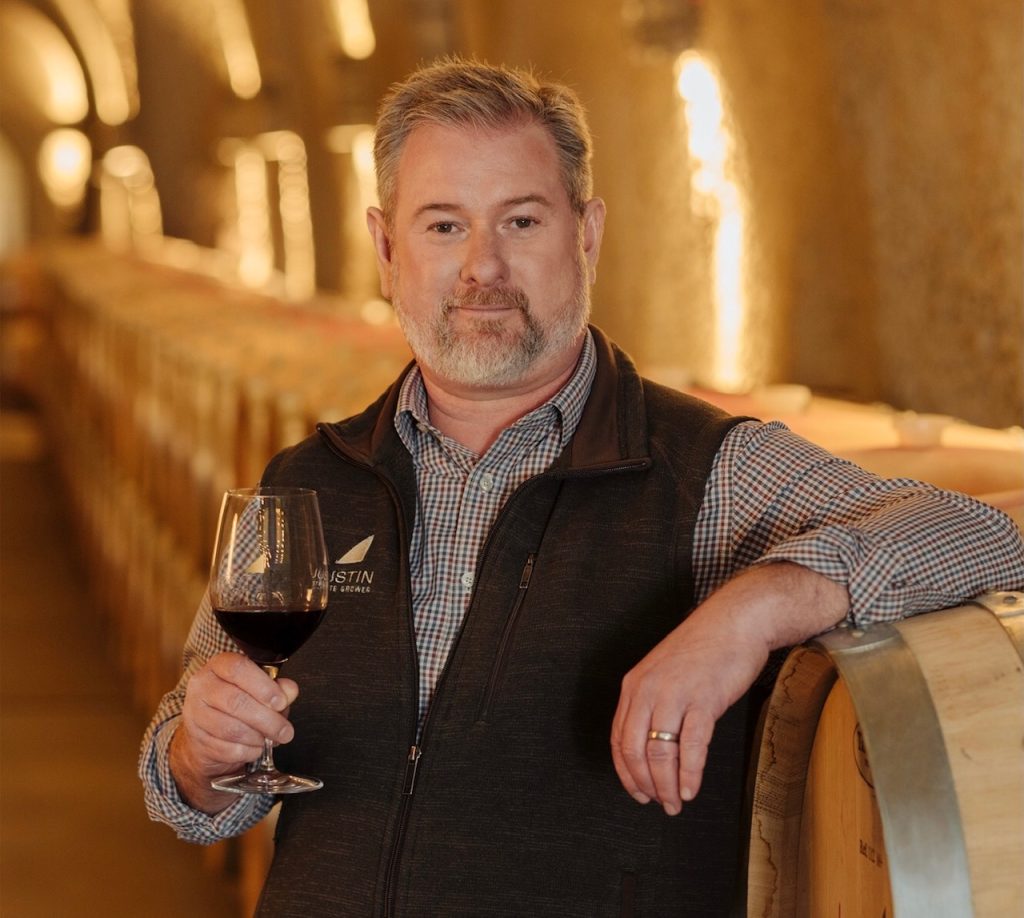
Photo courtesy: JUSTIN Vineyards & Winery
For Scott Shirley, the early heat did prompt some merlot picking in August. “Since sugars will accumulate quickly, I need to be cognizant of climbing Brix values when making picking decisions, so that the resulting alcohol in finished wines is not out of balance,” said the winemaker at JUSTIN Vineyards & Winery in an email exchange.
With successive years of drought, the lack of moisture in the soils is felt most noticeably on the upper portion of steeper slopes, with earlier ripening varieties, he continued. Thin-skinned varieties like merlot and malbec are typically the first blocks to be picked following a heat event. Cabernet sauvignon was also picked early in September instead of the usual October. “With these earlier picks of cabernet sauvignon, we’re looking for more of a fresh, red fruit profile, compared to darker fruits in vineyard blocks which can enjoy more hangtime,” Shirley commented.
Indeed, the 2022 wines are going to require a winemaker’s extra touch. “I had to let everything soak for two or three days,” mused Glunz. “This is the most winemaking I’ve ever done.”
As Paso pioneer Gary Eberle put it as he sat in his usual seat in front of Eberle Winery to greet guests, “This is going to be a drink now vintage. No need to age your bottles.”

